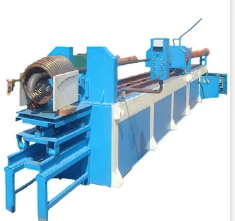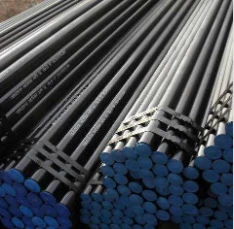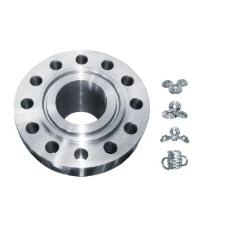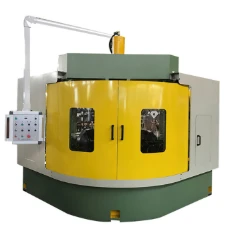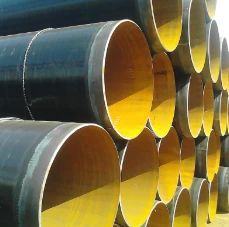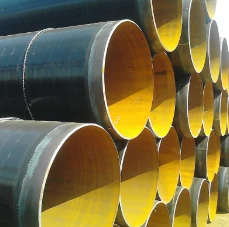
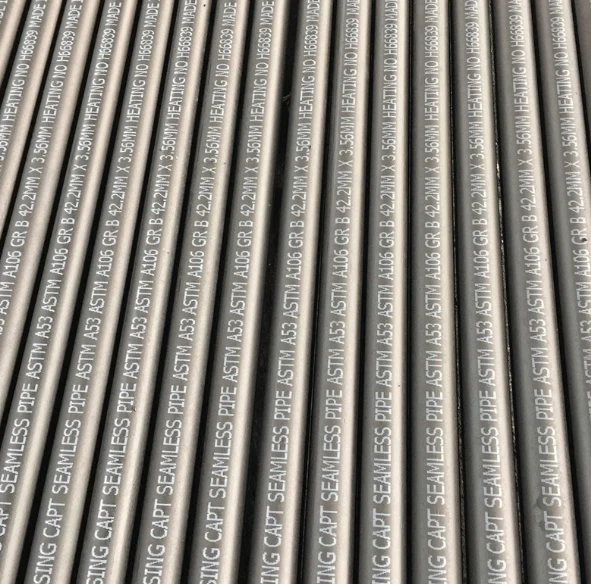
Attaining success in selecting the right equivalent requires balancing technical requirements with budget considerations. Often in multinational projects where adherence to a specific set of standards is mandatory, opting for an equivalent material could streamline costs while maintaining quality. Attention to regulatory compliance, particularly in regions with stringent oversight such as North America and Europe, is paramount. Real-world applications and industrial feedback consistently emphasize the necessity for rigorous testing and validation. Before implementation, it is advisable to conduct tests that mimic the intended service conditions. Depending on operational environments, variables like temperature fluctuations, potential for corrosion, and mechanical load should guide the choice of equivalent materials. Finally, seeking expert consultancy from seasoned metallurgists or engineers with hands-on experience in handling these materials can be invaluable. Their insights not only bridge technical gaps but also guide project managers in navigating regulatory landscapes successfully. By fostering a collaborative approach among engineers, regulatory experts, and stakeholders, the process of selecting an ASTM A106 Grade B equivalent becomes more streamlined, efficient, and impactful. In summary, the pursuit of an ASTM A106 Grade B equivalent should focus on materials with proven mechanical compatibilities such as ASME SA106 Grade B and EN 10216-2 P265GH, alongside a detailed assessment of environmental, economic, and compliance factors. This ensures not only the integrity and safety of the application but also fortifies the reliability and trustworthiness of the operational process.
Post time: ఫిబ్ర . 02, 2025 01:34
Prev:
Next:









